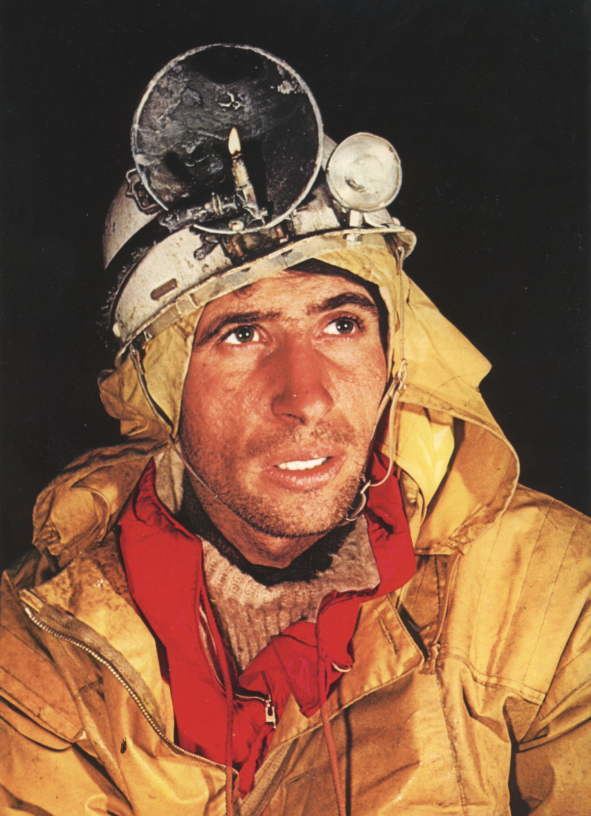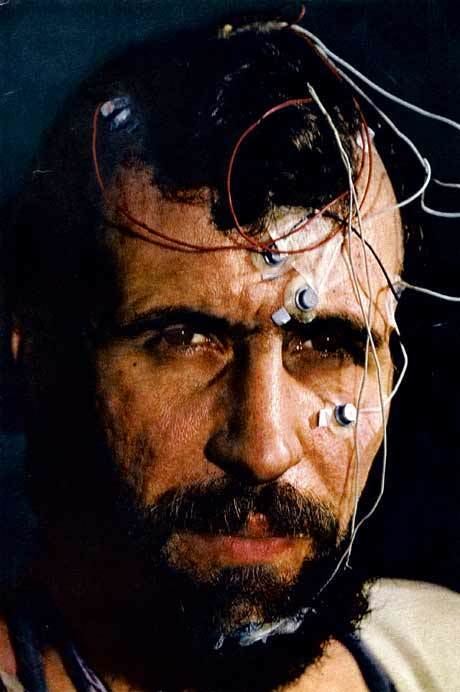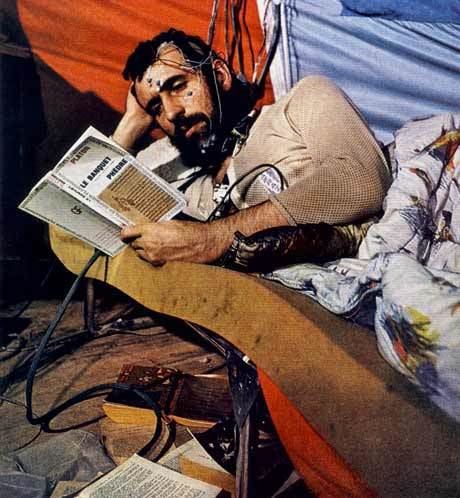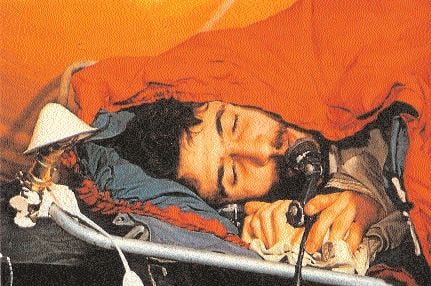Name Michel Siffre | Education University of Paris Books Stalactites, stalagmites | |
 | ||
Synd 7 9 72 scientist michel siffre emerges from cave after five months
Michel Siffre (born January 3, 1939) is a French underground explorer, adventurer and scientist. He was born in Nice, where he spent his childhood. At just 10 years of age he explored the Imperial cave Park, and discovered a passion for caving.
Contents
- Synd 7 9 72 scientist michel siffre emerges from cave after five months
- Discovery science ident michel siffre
- Main Achievements
- Publications
- References

He received a postgraduate degree at the Sorbonne six months after completing his baccalauréat. His many achievements include the creation of the French Institute of Speleology in 1962.

Discovery science ident michel siffre
Main Achievements


In the 1960s, at the peak of the Space Race, scientists were curious how humans would handle traveling in space and living in fallout shelters. Could people cope with extreme isolation in a confined space? Without the Sun, what would our sleep cycles be like? Michel Siffre, a 23-year-old French geologist, decided to answer these Cold War questions by conducting an experiment on himself. For two months in 1962, Siffre lived in total isolation, buried more than 100 meters inside a subterranean glacier in the French-Italian Maritime Alps, with no clocks or daylight to mark time.

Inside the cave, temperatures were below freezing, with 98 percent humidity. Constantly cold and wet, Siffre suffered from hypothermia, as massive chunks of ice regularly crashed down around his tent. But during his 63 days underground, he only dabbled in madness once. One day, Siffre started singing at the top of his lungs and dancing the twist in his black silk tights. Other than that, he behaved relatively normally.
When Siffre emerged on September 14, he thought it was August 20. His mind had lost track of time, but, oddly enough, his body had not. While in the cave, Siffre telephoned his research assistants every time he woke up, ate, and went to sleep. As it turns out, he’d unintentionally kept regular cycles of sleeping and waking. An average day for Siffre lasted a little more than 24 hours. Humans beings, Siffre discovered, have internal clocks.
The experiment’s success made Siffre eager to conduct more research. Ten years later, he descended into a cave near Del Rio, Texas, for a six-month, NASA-sponsored experiment. Compared to his previous isolation experience, the cave in Texas was warm and luxurious. His biggest source of discomfort were the electrodes attached to his head, which were meant to monitor his heart, brain, and muscle activity. But he got used to them, and the first two months in the cave were easy for Siffre. He ran experiments, listened to records, explored the cavern, and caught up on his Plato.
On day 79, however, his sanity started to crack. He became extremely depressed, especially after his record player broke and mildew began ruining his magazines, books, and scientific equipment. Soon, he was pondering suicide. For a while, he found solace in the companionship of a mouse that occasionally rummaged through his supplies. But when Siffre tried to trap the mouse with a casserole dish to make it his pet, he accidentally crushed and killed it. He wrote in his journal, “Desolation overwhelms me.”
Just when the experiment was nearing its end, a lightning storm sent a shock of electricity through the electrodes on his head. Although the pain was excruciating, depression had so dulled his mind that he was shocked three more times before he thought to disconnect the wires.
Yet again, the Texas cave experiment yielded interesting results. For the first month, Siffre had fallen into regular sleep-wake cycles that were slightly longer than 24 hours. But after that, his cycles began varying randomly, ranging from 18 to 52 hours. It was an important finding that fueled interest in ways to induce longer sleep-wake cycles in humans—something that could potentially benefit soldiers, submariners, and astronauts.
